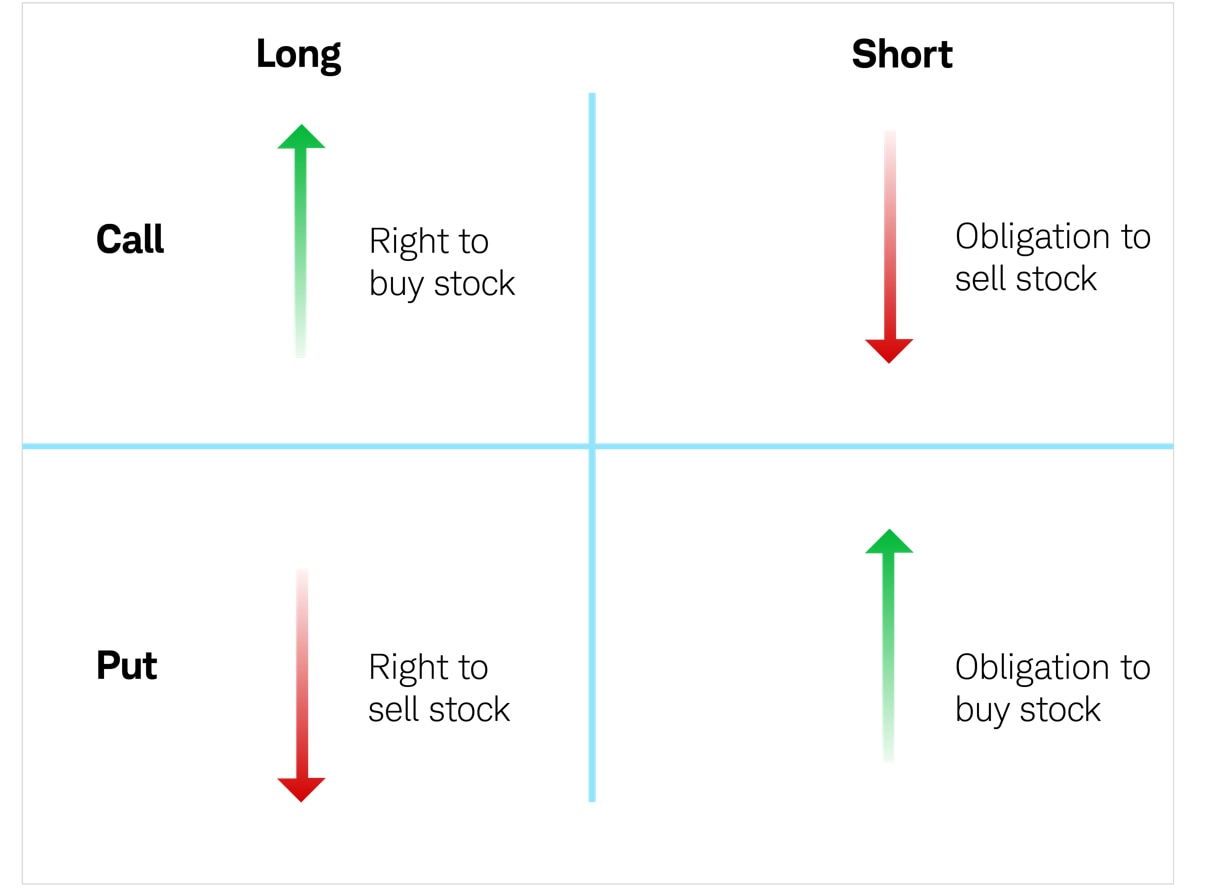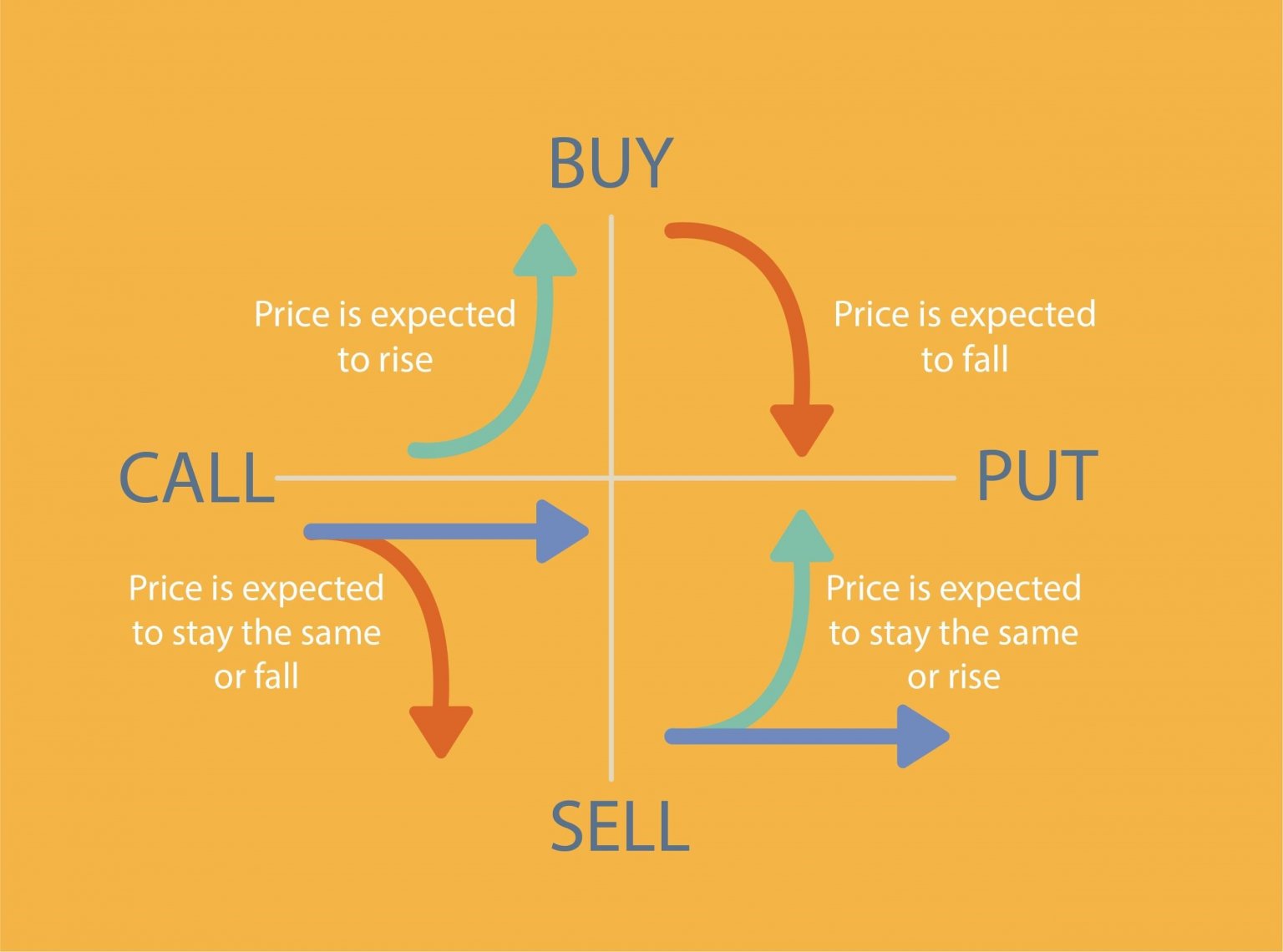Beginning your journey into the world of options trading can seem like a sprawling labyrinth of complexities and risks. However, unlocking the secrets of this financial instrument is not an insurmountable task. Join us as we delve into an extensive guide that will illuminate the nuances of options trading, providing you with the requisite knowledge to navigate this realm with precision.

Image: www.youtube.com
Understanding Options: Definitions and Significance
Options represent a unique breed of financial instruments that provide traders with the right, not the obligation, to buy or sell an underlying asset at a predetermined price, on or before a set date. Acting as a form of insurance for investors, options offer protection against adverse price movements of the underlying asset, while also presenting the potential for profit. These versatile contracts can be employed in a myriad of strategies, each tailored to specific market conditions and investment objectives.
Exploring the Building Blocks: Calls, Puts, Expiration, and Strike Price
Before delving into the finer details of options trading, let’s establish a foundation by understanding its core components. Call options grant the holder the right to acquire an underlying asset at a predefined price (known as the strike price). This option becomes valuable when the market price of the underlying asset exceeds the strike price. Conversely, a put option offers the holder the right to sell an underlying asset at a stipulated price. Its value grows when the prevailing market price of the underlying asset falls beneath the strike price.
Every option contract carries an expiration date, which sets the deadline for exercising the right to buy or sell. Exercising an option means fulfilling its contractual obligation, either by purchasing the underlying asset (in the case of a call option) or selling it (in the case of a put option). When an option’s expiration date arrives, it either becomes worthless (if it’s out of the money) or retains some value (if it’s in the money). Furthermore, options are not standardized entities – each contract is tailored to a specific underlying asset, strike price, and expiration date.
Options Pricing: A Function of Intrinsic and Extrinsic Factors
The intricate web of options pricing involves a harmonious interplay of intrinsic and extrinsic factors. Intrinsic value, the inherent value of an option, is solely determined by the relationship between the underlying asset’s current market price and the strike price. An option possesses intrinsic value if it’s in the money, meaning the strike price is favorable compared to the current market price.
In addition to intrinsic value, extrinsic factors also influence options pricing. These factors include time to expiration, volatility, and interest rates. Time to expiration plays a crucial role, as options with longer timeframes command a higher premium due to the extended period of potential price fluctuations. Volatility, a measure of price fluctuations, positively impacts option prices, as higher volatility implies a greater likelihood of the underlying asset moving in a favorable direction. Interest rates also exert an influence, affecting the cost of carrying an option position.

Image: www.schwab.com
Trading Mechanics: Bidding, Asking, Spreads, and Margin
To execute an options trade, one must delve into the nuances of bid and ask prices. The bid price represents the maximum amount a buyer is willing to pay for an option contract, while the ask price reflects the minimum amount a seller is willing to accept. The difference between the bid and ask prices is known as the spread, a key determinant of trading costs.
Understanding margin requirements is paramount before embarking on options trading. Margin refers to the collateral required by brokerage firms to cover potential losses incurred from options trades. This collateral can be in the form of cash, stocks, or bonds. Margin requirements vary depending on the type of option, the underlying asset, and the brokerage firm.
Strategies and Considerations: Managing Risk and Pursuing Opportunity
Options trading presents a vast landscape of strategies, each meticulously crafted to navigate specific market conditions and risk appetites. Covered calls, cash-secured puts, protective puts, and bull or bear spreads are just a few examples of these strategies. The optimal strategy for an individual trader hinges upon their investment objectives, risk tolerance, and market outlook.
Beyond strategy selection, prudent risk management practices are essential. These include understanding the potential risks associated with options trading, employing stop-loss orders to limit potential losses, and continuously monitoring market conditions. Managing risk and minimizing losses should be paramount considerations.
How Do I Do Options Trading

Image: www.markettradersdaily.com
Conclusion
Options trading unveils a world of possibilities, empowering traders to protect their investments and potentially generate substantial returns. Embracing this guide’s insights will equip you with the fundamental knowledge to embark on your options trading journey with both confidence and informed decision-making. Remember, mastery in any field stems from continuous learning and a disciplined approach to risk management. Embrace the opportunities that options trading presents, and as you navigate this intricate realm, may your endeavors yield fruitful returns.






